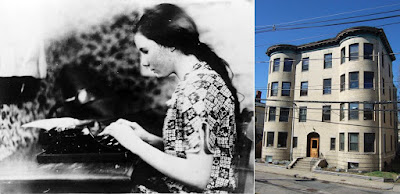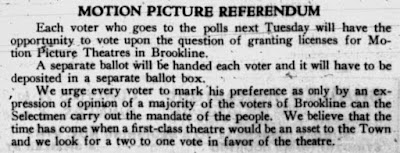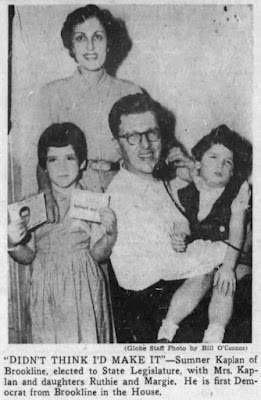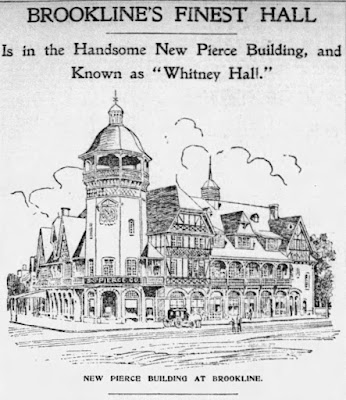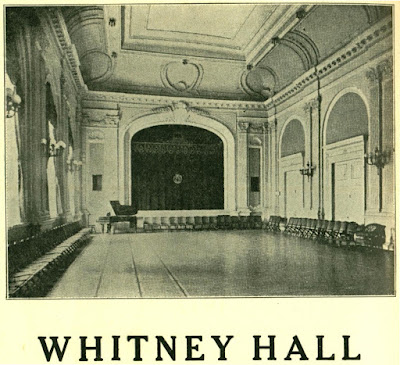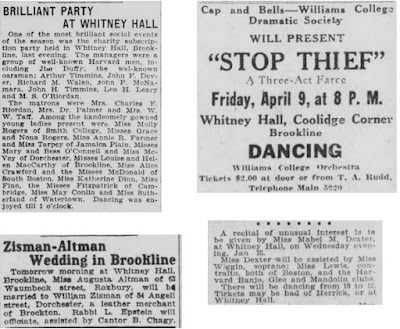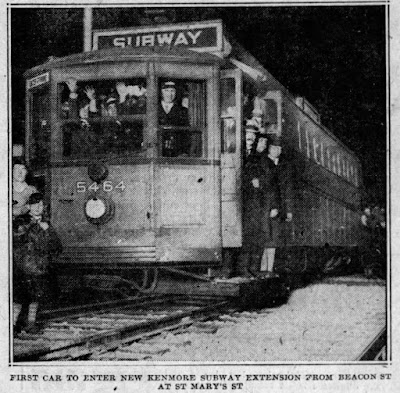 |
November 18, 1779
|
November 18, 1779 - Prince runs away from Joshua Boylston
November 17, 1924 - One-way traffic on each side of Beacon
November 15, 1947 - Roland Hayes concert
November 16, 1967 - Billboard curb passes
November 18, 1779
Prince runs away from Joshua Boylston
A young man named Prince, enslaved by Joshua Boylston, ran away from Boylston's Brookline farm. Boylston, several weeks later, offered a twenty dollar reward (seen above) for his return, but he was never found.
Prince was described (in a notice in the Continental Journal and Weekly Advertiser offering the reward) as "about 27 years of age, 5 feet two inches high" and wearing "mean cloaths." It was suspected he might have gone to Salem to find employment as a seaman on a privateer amid the Revolutionary War.
Three years earlier, in April 1775 Prince had been one of three enslaved Brookline men who took part in the fight against the British troops at the outbreak of the war. He is listed on a plaque, now in the lobby of Town Hall, as "Esq. Boylston's Prince."
 |
| Plaque in Town Hall |
November 17, 1924
One-way traffic on each side of Beacon
More than three decades after the development of the Beacon Street boulevard, a new regulation went into effect restricting westbound traffic to the north side and eastbound traffic to the south side. The regulation, which had been in place for certain sections of the street, now covered its entire length.
Prior to the change, traffic could travel in either direction on either side of the streetcar tracks. (Traffic, of course, was horse drawn when Beacon Street was first laid out in 1851 and continued to be primarily horse-drawn well after the original country lane was converted to the grand boulevard in the late 1880s.)
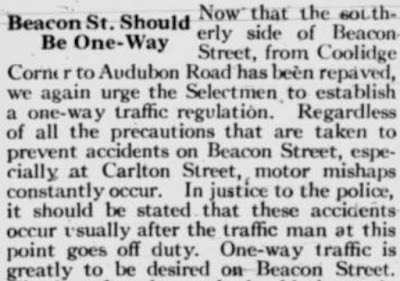 |
| In August 1924, the Brookline Chronicle called for one-way traffic, already in place on parts of Beacon Street, to be applied to the length of the boulevard. |
"[A}utomobile operators have gradually become accustomed to the new arrangement and as a rule traffic over the thoroughfare is now moving smoothly," reported the Brookline Chronicle a few days after the change went into effect. The paper noted that there would be no penalty for violators until motorists had had time to adjust to the new rule.
November 15, 1947
Roland Hayes concert
Pioneering African American concert singer Roland Hayes, a Brookline resident since 1925, marked the anniversary of his historic 1917 Boston debut at Symphony Hall with a new performance at the same venue on the same date 30 years later.
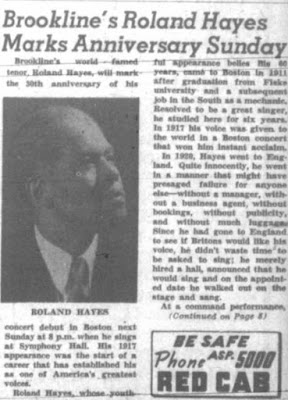 |
| Brookline Citizen, November 13, 1947 |
Hayes' 1917 concert, reported the Brookline Citizen, "was the start of a career that has established his as one of America's greatest voices." His audience, noted the paper, "has never proved fickle--in the 30 years since his debut, Roland Hayes' admirers have increased steadily."
Hayes' presence in Brookline has been marked by a plaque on his former home on Allerton Street. Earlier this year, his name was selected as the new name for the school now known as the Heath School.
November 16, 1967
Billboard curb passes
Town Meeting passed a measure giving the town control over billboards. Prior to that only the state's Outdoor Advertising Board could regulate the large advertising signs. Four years later the Town banned billboards altogether.
The Brookline Chronicle Citizen called the ubiquitous billboards "one of the most debilitating factors in the appearance of this or any other community," adding that "some of our billboards are not only unnecessary but are downright distracting."
Lengthy lawsuits tied up the new measure and it wasn't until 1975 that the signs were removed after the State Supreme Court upheld the right of Brookline and other municipalities to ban billboards from their communities. Until then billboards were common in Coolidge Corner, Brookline Village, and other parts of town.
 |
| This 1956 photo shows a large billboard advertising gas heat looming over the marquee of the Coolidge Corner Theatre |















